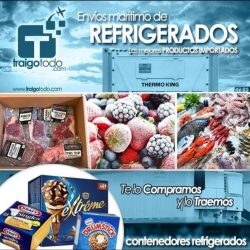Growing cannabis indoors, for instance, requires a lot of electricity to power lights. A drug-producing “microbrewery” would have only a tiny footprint. Kemper is determined that she is going to provide affordable care for her patients by following the letter of the law.
Methamphetamine production is also an environmental concern; it involves many easily obtained chemicals that are hazardous, such as acetone, anhydrous ammonia (fertilizer), ether, red phosphorus, and lithium. Toxicity from these chemicals can remain in the environment around a methamphetamine production lab long after the lab has been shut down, causing a wide range of damaging effects to health. Environmental Protection Agency has provided guidance on cleanup and remediation of methamphetamine labs.
- Another reason to create drug-producing yeasts, says John D’Auria of Texas Tech University, is for extended crewed space missions.
- Regardless of the outcome of such discussions, something needs to be done.
- The strains themselves should be altered to make them hard to grow outside specialised facilities, for instance by making them dependent on unusual nutrients.
- Under EU rules, pharmacies can make (or “compound”) a prescribed drug on a small scale for their patients.
Now, for the first time, researchers from Stanford University have been able to synthesize opioids from yeast cultures grown in the lab, according to a study published today in Science. At times, Kemper has felt frustrated and worn down by the effort of taking on the price rise – but she vows to continue. Leadiant, though, says that it is willing to negotiate a lower price for its drug with the Dutch Ministry of Health and Dutch insurance companies. “The only reason an improvement has not been determined yet, is that the insurers have been uninterested or unwilling to enter into any substantive negotiations,” it claims. To achieve this, Dueber’s group has created yeast that produces S-reticuline, the main precursor of all 2500 molecules, by adding the genes for various plant enzymes.
She is now a highly respected hospital pharmacist based at Amsterdam UMC’s Academic Medical Centre, a cavernous building crafted out of concrete on the south-east fringe of the Dutch capital. This information—including product information—is intended only for residents of the United States. As the potential threat of COVID-19 became clear by early 2020, teams across Pfizer sprang into action. Together, they worked to better understand the novel virus. “You can ban drugs, but you can’t ban chemistry,” Mike Power, author of Drugs 2.0, explains in this talk at the HIT Hot Topics Conference. And he gives a personal, investigative story to prove it.
Do you live and die online?
Two were there to take samples of the raw materials she was using to compound CDCA, and to ensure that all the correct processes were being followed. Caroline Blakemore is a medicinal chemist at Pfizer who helps design small-molecule medicines, which are made through chemical synthesis. It’s the most common class of drugs, including pills, topical creams, and intravenous (IV) injections. When designing new compounds, scientists also need to design new methods to bring these molecules together via chemical reactions. Just as an artist uses brushes, paints, and other materials to create their works, Blakemore says having a diverse “synthetic toolkit” of these methods, or reactions, is key to building new medicines.
You can draw from previous understanding in the field, but ultimately you have to invent new ways to create them.” On average, it takes nearly a decade to produce a new drug, and less than 10% of candidates make it to the finish line—patient access. But in this winding journey, scientists will tell you that tapping into creativity, intuition, and outside-the-box thinking is critical to their success. Machine-learning and other technologies are essential tools in drug development today, but human creativity is at the heart of advancing breakthroughs. The response of UK governments, of all stripes, has been wholly inadequate. Brewing would also be much harder to detect or prevent than the cultivation of drug-yielding plants.
Methamphetamine Research Report
Barely a week goes by without a press or TV report of a death, or major psychological consequences, as a result of using them. These reports often claim that it is a trivial task to take a banned drug and, with a little molecular trickery, get a Chinese lab to produce a new, legal version. Another reason to create drug-producing yeasts, says John D’Auria of Texas Tech University, is for extended crewed space missions. Spacecraft eco sober house review won’t have room to carry every drug that might be needed, but the astronauts could use yeasts to produce them on board as required. His team is working out how to make tropane alkaloids, a family of molecules that includes drugs like atropine, scopolamine and cocaine. Synthesising drugs like methamphetamines in small illegal labs, meanwhile, requires not only expertise but also the right chemical ingredients.
So in theory we could create an opiate-producing yeast tomorrow by combining their work. In practice it is likely to take years to iron out all the wrinkles. Wouter Beke, the Belgian consumer affairs minister, used his price-regulation powers to bring down the price of CDCA Leadiant to just over €3,600 a month – roughly a quarter of the amount Leadiant was charging. If the drug becomes more cheaply available in Belgium, says De Rijdt, then it could end up being exported and available at a lower price elsewhere.
A pill went from $13.50 to $750 overnight – a 55-fold increase. In the time it took to write my last story about legal highs, five new drugs came on the market. Each of them will be banned, as will the legal high that I have just commissioned. This law has done nothing to slow down chemical innovation. Since the NBOME-series of hallucinogenic drugs was banned this summer under a TCDO, a new family of equipotent hallucinogens – about which we know even less – has come to market, known as the NBOH-series of drugs. When 6-APB, an ecstasy-like drug was banned, 5-EAPB came to market.
Drugs unlimited: how I created my very own legal high
After methoxetamine – a ketamine derivative – was banned, a distant, inbred cousin from a far-flung branch of the chemical family tree, diphenidine, has come on sale. For every synthetic cannabinoid the authorities have banned, a half-dozen more have popped up, all of which are less understood by doctors than cannabis. While their intention was to develop new types of cheaper, more effective, and less addictive painkillers, they say that we should now be prepared for this knowledge to be misused, and figure out how to mitigate that. The aim is not to replace the existing legal supply of opiates, which are made from opium poppies mainly grown in Tasmania, Australia, but to produce novel and innovative forms of opiates, says Kenneth Oye of MIT. There is a real need for safer painkillers, and it might be possible to make opiates that are less addictive and don’t cause breathing problems, a common side-effect, for instance.
DIY drugs: should hospitals make their own medicine?
By adding a few more enzymes, including one extracted from the opium poppy, the team managed to produce reticuline, an opiate precursor. Researchers have been trying to do it for years in order to produce opioids more quickly, or even alter them to be less addictive. But the poppy plant’s chemical processes proved to be surprisingly difficult to replicate in the lab—in the most recent attempt, earlier this year, the researchers only made it two-thirds of the way to a full opioid.
We need to start thinking about the implications now, before such strains – or trauma symptoms of adult children of alcoholics the recipes for genetically engineering them – become available, he says.
People Are Buying Legal Ingredients Online To Make Illegal Drugs
The drug becomes, legally, something different, and for as long as it takes the government to catch up on the new substance, the drug can be sold. Power went on a quest to discover just how easy that process was, out-sourcing a version of the stimulant phenmetrazine to a Chinese lab, and in a few weeks, getting the legal version delivered to his door in the United Kingdom. Previous studies have shown that certain enzymes can successfully convert tyrosine – an amino acid found in glucose, produced naturally by yeast – into the molecule l-DOPA. This molecule signals to the brain to release the ‘feel-good’ chemical dopamine, which is what you want from a painkiller.
But scientists have struggled in the past to make a viable product, because each of these enzymes pushed the reaction too far and destroyed the l-DOPA before it could be of any use. In a commentary in Nature, Bubela 2c-b alcohol and drug foundation and her co-authors say governments need to act now if they want now to prevent morphine-making yeasts getting into the wrong hands. Some fear that drug use could soar if home-brewing makes drugs easily available.










